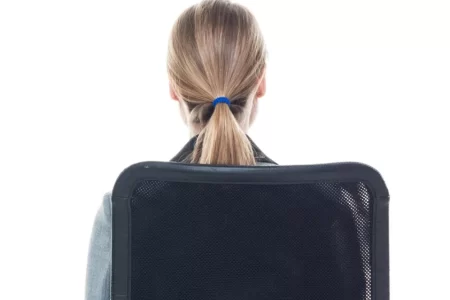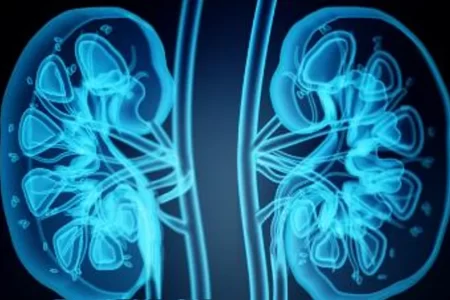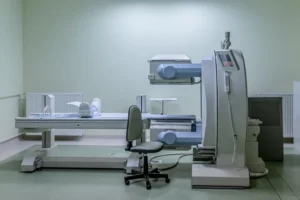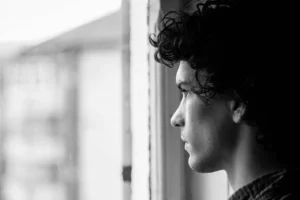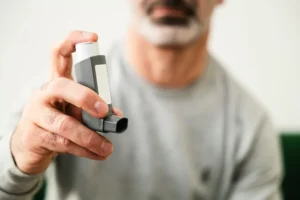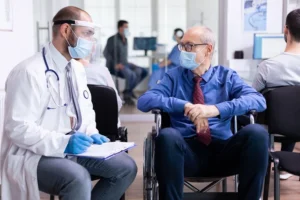Identifying Kidney Stone Pain Location: Understanding the Different Pain Patterns and Their Meanings
- Updated on: Jan 25, 2024
- 5 min Read
- Published on Feb 23, 2023
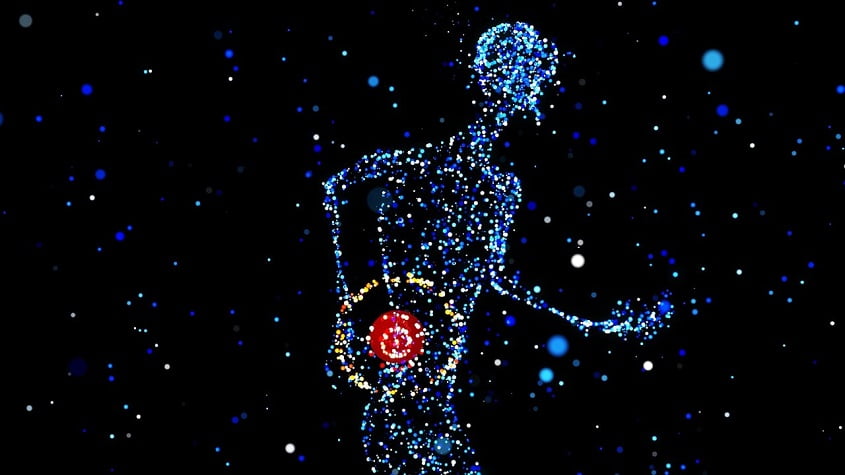
Kidney stones are solid pieces of material that form in the kidneys and can cause pain and discomfort when they move through the urinary tract. Identifying the location of kidney stone pain is crucial for effective diagnosis and treatment. There are several different pain patterns associated with kidney stones, each with its own meaning.
Flank pain, for example, is a common location for kidney stone pain. This pain is felt on the sides of the body, just below the rib cage. Groin pain is another common location, as well as abdominal pain, testicular pain, and back pain.
Understanding the different pain patterns and their meanings can help patients better communicate their symptoms to healthcare professionals, leading to more effective treatment and management of kidney stones. If you’re experiencing pain in any of these locations, it’s important to seek medical attention as soon as possible to prevent potential complications.
Common Symptoms of Kidney Stones
Kidney stones are a common health issue that affect many people worldwide. They can cause a variety of symptoms, which can vary in severity and duration. Here are some common symptoms of kidney stones:
- Pain in the back, sides, or lower abdomen, which can be severe and may come in waves.
- Pain during urination, which may be accompanied by a burning sensation or discomfort.
- Blood in urine, which can indicate that the stone is causing damage to the urinary tract.
- Nausea and vomiting, which can be caused by the severe pain associated with kidney stones.
- Frequent urination, which can be a result of the stone blocking the flow of urine.
- Fever and chills, which can be a sign of an infection caused by the stone.
Types of Kidney Stone Pain Location Patterns
When it comes to identifying kidney stone pain location, there are several different patterns that patients may experience. Each of these patterns can provide valuable information to healthcare professionals, helping to diagnose and treat kidney stones effectively. Here are some of the most common types of kidney stone pain location patterns:
- Flank pain: This is the most common location for kidney stone pain, which is felt on the sides of the body, just below the rib cage. The pain can be severe and may come in waves, often accompanied by nausea and vomiting.
- Groin pain: Pain in the groin area is another common location for kidney stones. This pain can be sharp and intense, often radiating to the lower abdomen and thighs.
- Abdominal pain: Pain in the abdominal area is also common with kidney stones. It may be felt in the lower or upper abdomen, depending on the location of the stone.
- Testicular pain: In men, kidney stones can cause pain in the testicles or scrotum, which may be accompanied by swelling or discomfort.
- Back pain: Kidney stone pain can also be felt in the back, particularly in the area just below the rib cage. This pain may be sharp or dull, and can radiate to the sides and lower back.
It’s important to note that the location of kidney stone pain can vary depending on the size and location of the stone. In some cases, patients may not experience any pain at all.
Understanding the Different Pain Patterns and Their Meanings
Kidney stones can cause a range of symptoms, with one of the most common being pain. Understanding the different pain patterns associated with kidney stones can help patients better communicate their symptoms to healthcare professionals, leading to more effective diagnosis and treatment.
- Flank pain: Flank pain is the most common type of pain associated with kidney stones. This pain is typically felt on the sides of the body, just below the rib cage, and may be severe and come in waves. The pain may be caused by a stone that is obstructing the urinary tract or causing irritation to the kidney.
- Groin pain: Pain in the groin area is another common type of pain associated with kidney stones. This pain can be sharp and intense, often radiating to the lower abdomen and thighs. This type of pain may be caused by a stone that has passed from the kidney into the ureter, causing irritation and discomfort.
- Abdominal pain: Kidney stones can also cause pain in the abdominal area. This pain may be felt in the lower or upper abdomen, depending on the location of the stone. The pain may be caused by a stone that is causing irritation to the bladder or ureter, or by a stone that has passed into the bladder.
- Testicular pain: In men, kidney stones can cause pain in the testicles or scrotum, which may be accompanied by swelling or discomfort. This type of pain may be caused by a stone that is obstructing the ureter, causing irritation and discomfort in the surrounding tissues.
- Back pain: Kidney stone pain can also be felt in the back, particularly in the area just below the rib cage. This pain may be sharp or dull and can radiate to the sides and lower back. This type of pain may be caused by a stone that is obstructing the urinary tract or causing irritation to the kidney.
When to Seek Medical Help.
Kidney stones are a common condition that can cause a range of symptoms, including pain and discomfort. While some kidney stones may pass on their own, others require medical intervention. It is important for patients to know when to seek medical help in order to receive prompt diagnosis and treatment.
Here are some signs that may indicate the need for medical help:
- Severe pain: If the pain associated with kidney stones is severe and cannot be managed with over-the-counter pain medications, patients should seek medical attention.
- Nausea and vomiting: Nausea and vomiting are common symptoms of kidney stones and can indicate a more serious condition. Patients should seek medical attention if these symptoms are present.
- Blood in urine: Blood in the urine is a common symptom of kidney stones and can be a sign of a more serious condition. Patients should seek medical attention if they notice blood in their urine.
- Difficulty passing urine: If patients are having difficulty passing urine, this may be a sign of a blockage caused by a kidney stone. This condition requires immediate medical attention.
- Fever and chills: If patients experience fever and chills, this may be a sign of an infection caused by a kidney stone. This requires prompt medical attention.
FAQs
How can I distinguish between kidney stone pain and other abdominal pain?
Kidney stone pain is often sharp and fluctuates in intensity, radiating from the back to the lower abdomen. Differentiating it from general abdominal pain involves recognizing this specific pattern.
Is there a connection between the location of kidney stone pain and the stone's size?
Yes, the pain location can provide clues about the stone's location within the urinary tract. Larger stones may cause pain in different areas compared to smaller ones.
Can kidney stone pain be constant?
While kidney stone pain is typically intermittent, it can become constant if the stone is causing a blockage or irritation in the urinary tract.
Does the severity of pain indicate the seriousness of the kidney stone?
The severity of pain doesn't always correlate with the size or seriousness of the stone. Some small stones can cause intense pain, while larger ones may be less symptomatic.
Are there pain relief strategies for kidney stone discomfort?
Over-the-counter pain relievers, hot compresses, and staying well-hydrated can help alleviate kidney stone pain. However, consult with a healthcare professional for personalized advice.





